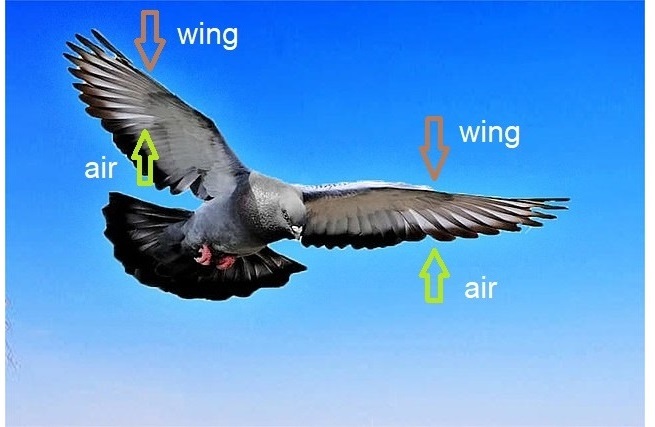
“For every action, there is an equal and opposite reaction.”
This is Newton's third law, perhaps the best known and most misunderstood of the three laws.
Best known maybe because it reminds people of the saying: “Do unto others as you would have them do unto you”
Misunderstood because “equal and opposite reaction” suggests equal and opposite forces – which should therefore cancel out to give zero force.
Until recently, I myself still get confused by the above thinking sometimes.
The third law is normally applied to two bodies coming into contact.
The words “action” and “reaction” refer to the forces of two bodies in contact pushing or pulling on each other.
What confused me sometimes was that if the two forces are equal and opposite, should they not cancel to give zero?
I often have to remind myself that the two forces really act on different bodies. That’s why they don’t cancel.
Recently, I started wondering why Newton would write the law in such an unclear way.
Even for a genius who lived 300 year ago in England, and even if we imagine that they wrote like Shakespeare, it seems unlikely the Newton would not say a bit more.
So I thought I would just try Google to see if I could find exactly what Newton wrote. This was what I found:
“To every action there is always opposed an equal reaction: or, the mutual action of two bodies upon each other are always equal, and directed to contrary parts. Whatever draws or presses another is as much drawn or pressed by that other. If you press on a stone with your finger, the finger is also pressed by the stone.”
So Newton did say more ! There really was more to it than just “equal and opposite reactions”.
Every physics textbook I have seen left out the next part, which was actually written in quite a “modern English” style:
“If you press on a stone with your finger, the finger is also pressed by the stone.”
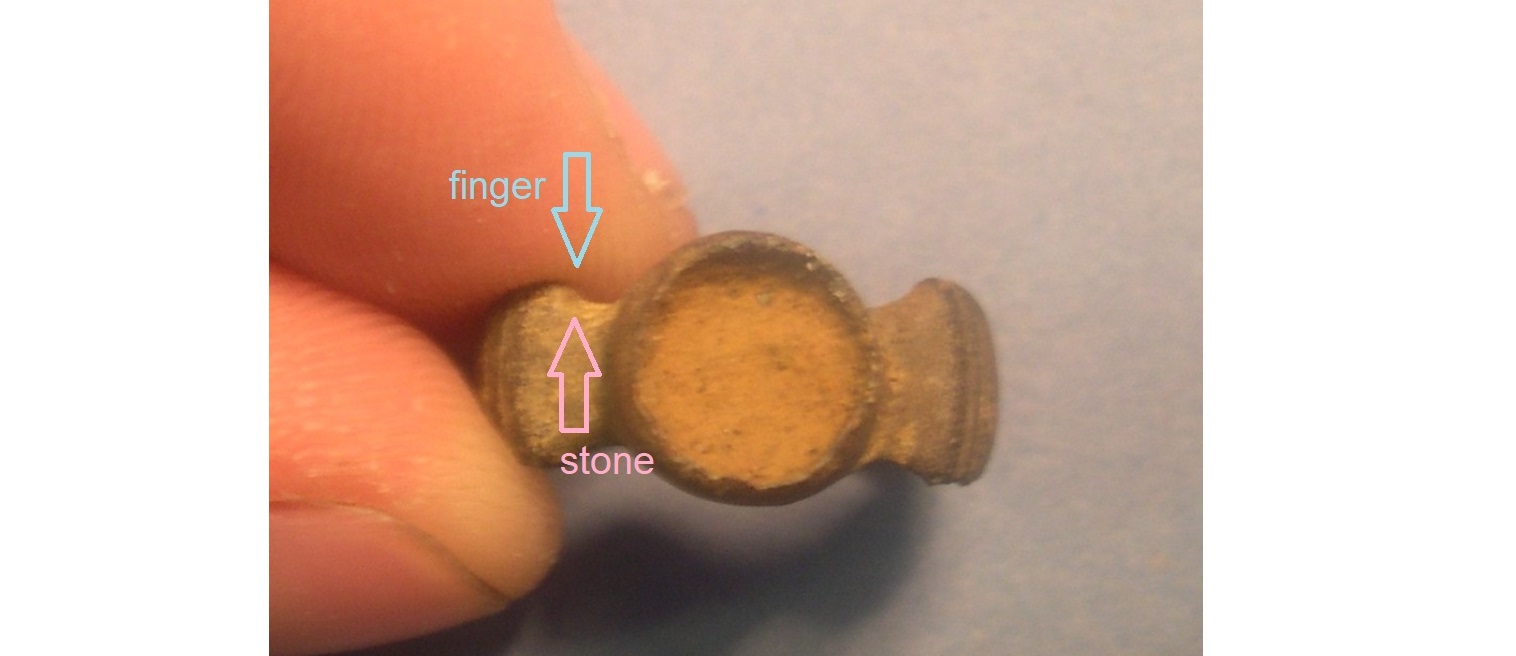
This makes it clear that the “equal and opposite reactions” are forces that act on different bodies.
That is why they do not cancel ! Newton was quite clear after all.
If I push a book along a table with a force 10 N, the book also pushes back on my hand with a 10 N force.
The book’s force does not cancel my force, because the book is not pushing itself – it is pushing. To cancel my force, something or someone else must push the book.
What is the use of the 3rd law?
Short answer – everywhere. Pushing, pulling, walking, jumping, swimming, flying. It is everywhere. It comes into play every time two things come into contact.
But why is it so hard to see or tell? Lets look at some examples.
Pushing

When the man pushes forward on the cart, the cart moves forward. The instinctive impression would be that the cart cannot be pushing backward with an equal and opposite force. Otherwise this force would cancel the man’s push and the cart would not move !
The answer to that is : the backward force from the cart pushes on the man, not on itself. So the man’s force on the cart is not cancelled.
I can see that even if this sounds logical, one may still instinctively feel that these 2 forces should cancel. So this is the part where a student must try an persuade himself or herself – that the force from cart itself cannot cancel the force from the man.
In order for the cart to push back, there must be a force from something outside of the cart. One way this may happen is if the cart’s wheels are stuck.
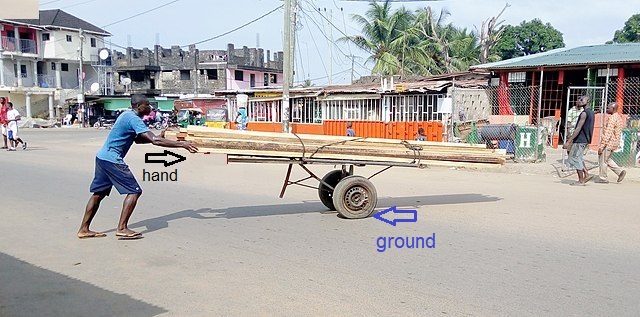
Then the friction from the ground would a give a backward force when the man tries to push the cart. This force can cancel the man’s force.
If you do not feel convinced, I understand. I myself must some time remind myself that this is logical, and therefore correct. It does take time and practice to get used to thinking the right way.
Question: Why is it so hard to think the right way?
Answer: It is a bit like asking – why do most people prefer playing to studying? Because we are only human.
Walking

Jumping
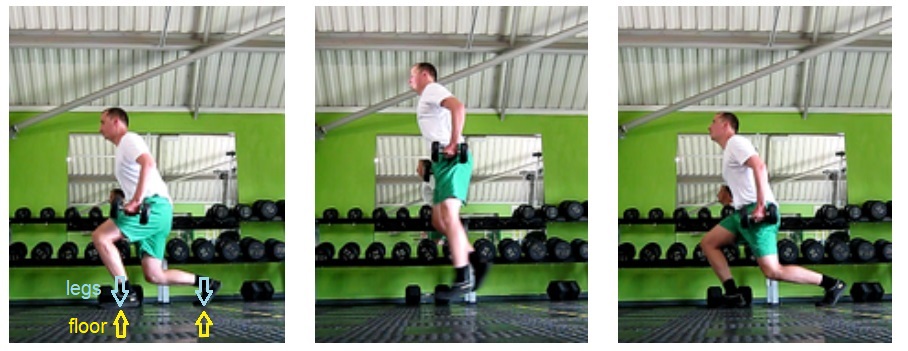
Swimming
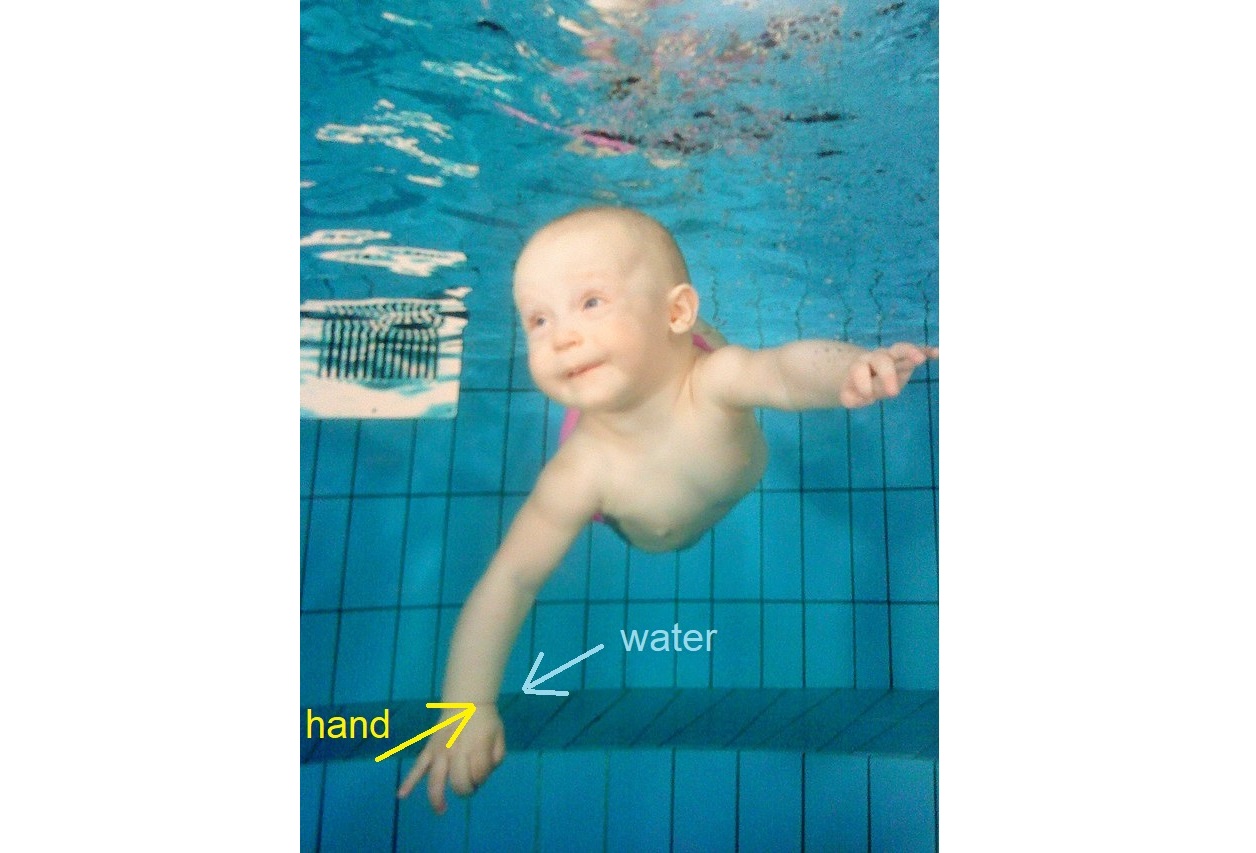
Flying by flapping
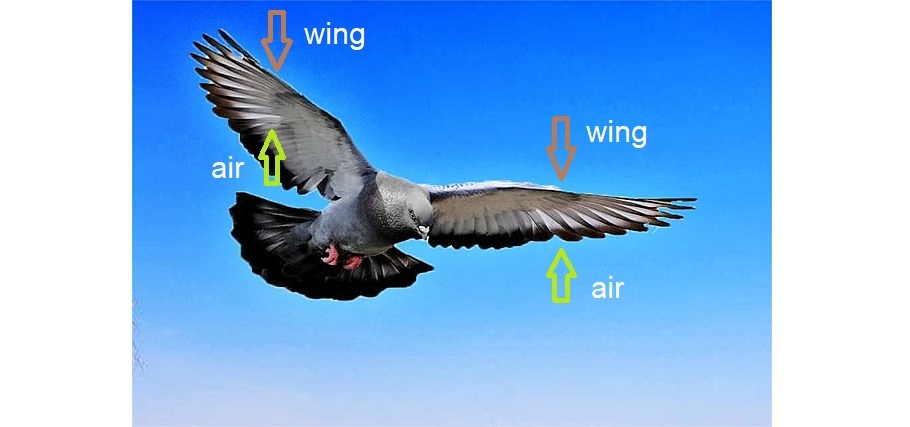
Rocket
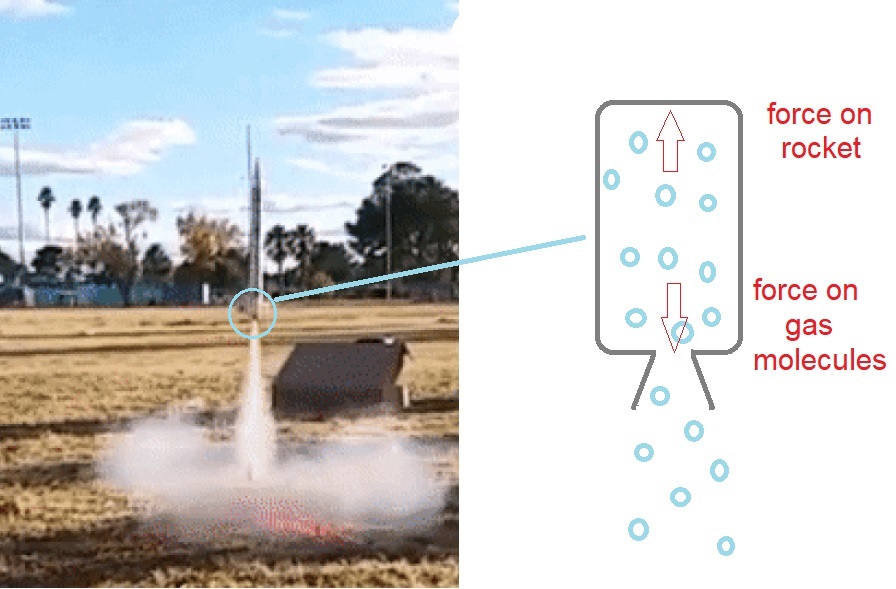
The two forces in each of the above examples are just like the forces in the example on walking. They are not obvious. They may not even be convincing.
The way we, and scientists, convince ourselves is to try using this idea on real world examples.
At first, take it like the rule of a game. When we find that it works correctly on more and more examples, when we see that things go in the right way that the third law says, we would start to get convinced.
It can be used to calculate forces and motion of bodies. In school physics, the 3rd law may be used to
1. calculate forces between objects in contact
2. calculate motion of colliding objects
Here, I shall just look at an example for the case 1 above. Case 2 usually belongs to the topic of momentum conservation, which deserves its own article. For now, I shall just give a quick idea on case 2.
I shall use 2 rubber balls as example.
Imagine them colliding in slow motion.

Notice that when they collide, they would get squashed a little before they bounce off.
This would happen whether the ball is hard or soft.
For something very hard like metal or porcelain, the squashing is so tiny we can’t see with our eyes. But it is there.
And it is the key to our understanding.

Getting squashed means they are pushing against each other.
With equal and opposite forces ! So this is where Newton’s 3rd law comes in.
If we now think about this using Newton’s second law, it will lead to the law of conservation of momentum.
But lets leave that for another article.
You can learn these concepts and more at Dr Hock's maths and physics tuition.